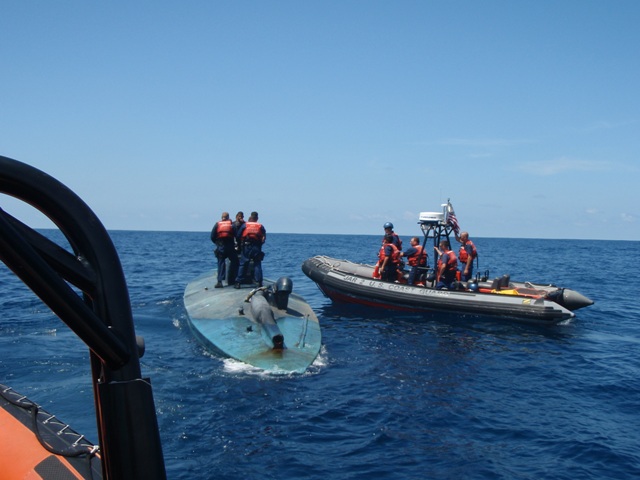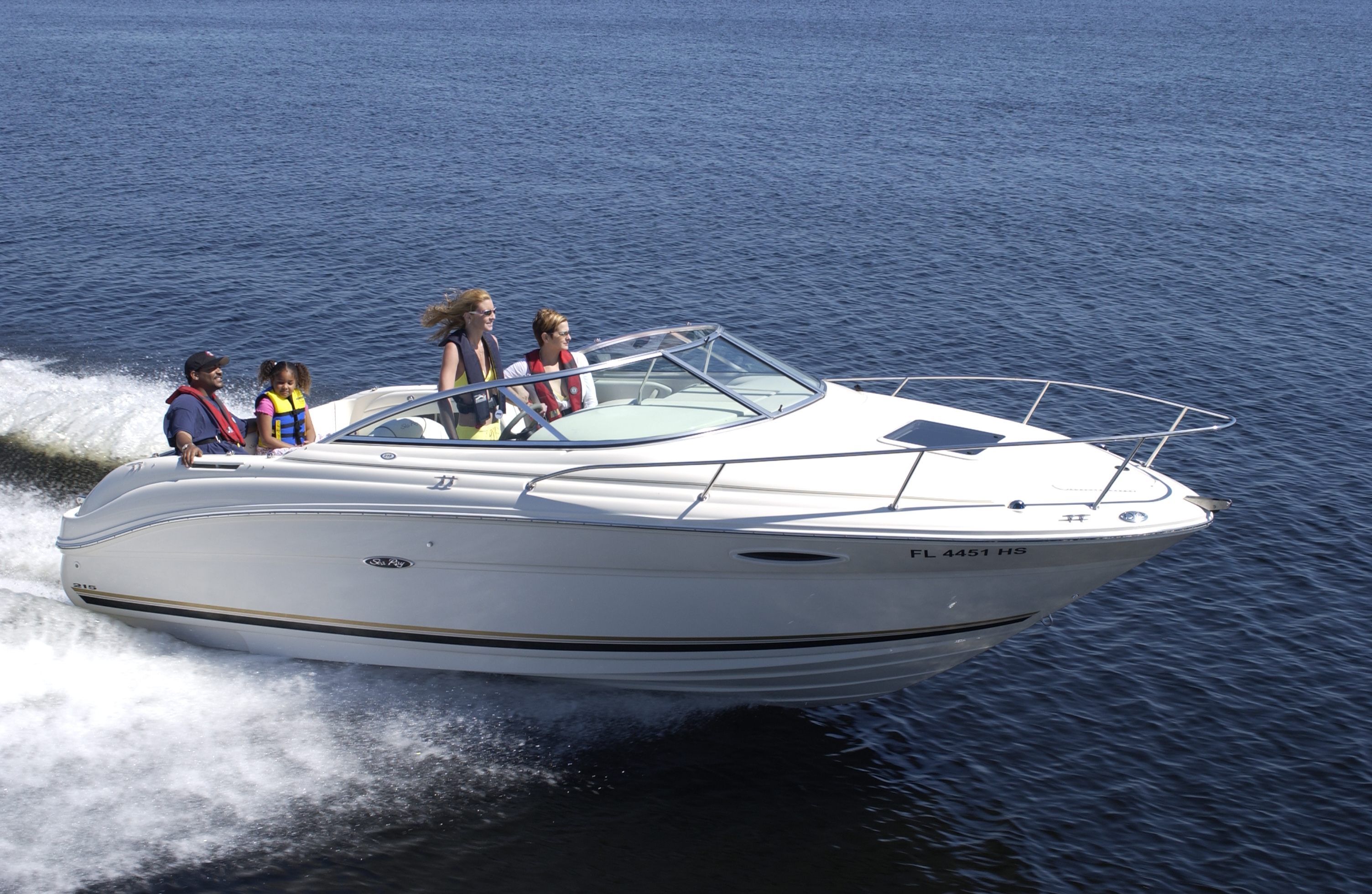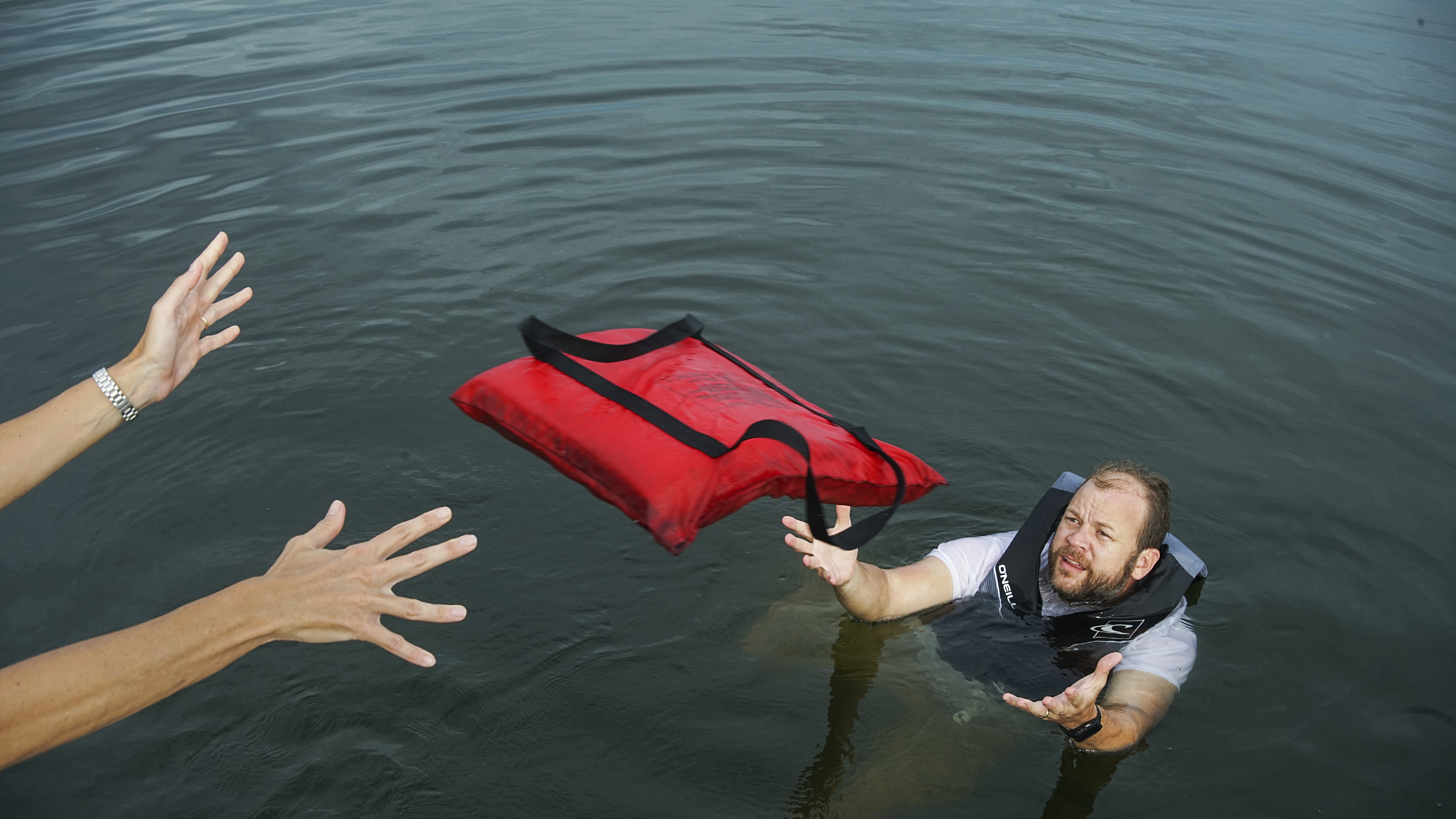It’s the little things that’ll get you, how to avoid boating mistakes

You obey the pedestrian crossing signals but trip on the curb. Wear safety glasses but saw through a power cord. Map out a complex trip but miss a simple turn.
It’s the same in boating: Neglecting the little things can lead to big problems. (Just ask the guy who forgot to install the hull drain plug.)
Want to avoid the big problems? Watch for little things, such as these:
Huh? What? Keep a Proper Lookout – Neglecting this practice is among the top-five factors contributing to boating accidents. Peek at your smartphone, even at low speed, and your boat may take its own course — and imperil a swimmer, other boater, or your own craft and crew. Look out!
Keep a Weather Watch – A long-range forecast helps in trip planning, and real-time updates from National Oceanic and Atmospheric Administration (NOAA) National Weather Service stations can help you adjust your outing to match conditions. Make your own observations too. Caught by a storm? Don’t race through it to get to port — find a safe haven and wait it out.
Fill ’Er Up! – On a small lake, running out of gas can be a laugh. But offshore, in congested ports, or on the Great Lakes or big or fast rivers, running dry can be dangerous. At sea or on rivers, particularly, play it safe by launching with at least 25 percent more fuel than you think you need — the right stuff for your boat, and fresh too. It’s as welcome as an extra sandwich.
Lights, Sound, Action! – We’ve all gone out with faulty navigation lights, sure we’d be back before night fell and they would be needed. We weren’t. And they were. Such are the causes of tickets — or accidents. Horns are flaky too, but a whistle is an always-ready backup that could help avoid a crash.
Inflation Facts – Inflatable life jackets are handy, but their inflation systems may need parts replaced periodically, whether they’ve been inflated or not; check your life jacket’s label or with its manufacturer for recommendations and instructions. Remember to inflate the jacket by lung power occasionally to check for leaks. Is all that too much trouble? Wear an old-style inherently buoyant personal flotation device — but remember to check it for fit, wear and other flaws.
Rules of the Road Short Course: If you’re not going to study (or review) the U.S. Coast Guard Rules of the Road, at least remember:
- When crossing paths with another vessel, the vessel to starboard (right) gets to go first; the one on port (left) goes last.
- No matter what the rules say, if you collide with somebody in another boat, you’re at least partly at fault.
Save the Suds – Even a small amount of alcohol — just a beer or two — can cloud judgment and slow reflexes, two things you can’t afford on the water. Save it — it’ll taste just as good ashore.
Hey, Look Me Over! – Get a free Vessel Safety Check (VSC) from the U.S. Coast Guard Auxiliary or U.S. Power Squadron. Pass it and you get a VSC sticker that may help avoid future inspections. More importantly, it means you haven’t missed any of the little things.
Turns out, there really aren’t any little things on the water, just things that can help you avoid big problems.
* * * * *
The U.S. Coast Guard is asking all boat owners and operators to help reduce fatalities, injuries, property damage, and associated healthcare costs related to recreational boating accidents by taking personal responsibility for their own safety and the safety of their passengers. Essential steps include: wearing a life jacket at all times and requiring passengers to do the same; never boating under the influence (BUI); successfully completing a boating safety course; and getting a Vessel Safety Check (VSC) annually from local U.S. Coast Guard Auxiliary, United States Power Squadrons(r), or your state boating agency’s Vessel Examiners. The U.S. Coast Guard reminds all boaters to “Boat Responsibly!” For more tips on boating safety, visit www.uscgboating.org.




